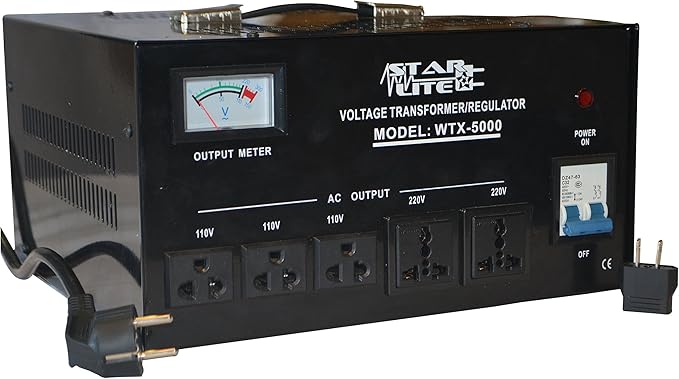1. The Difference Between a Voltage Regulator and a Transformer
1. Purpose and Function
- Transformer: A transformer is an electrical device used to convert alternating current (AC) from one voltage and current level to another at the same frequency. In simple terms, it changes AC power to a different voltage level but keeps the frequency constant.
- Voltage Regulator: A voltage regulator is a circuit or device that adjusts and stabilizes output voltage. Its primary purpose is to maintain a steady output voltage regardless of fluctuations in the input voltage.
2. Working Principles
- Voltage Regulator: The input range of a voltage regulator can vary freely from 0V up to its rated value. The input voltage can be adjusted as needed to ensure a stable output. The regulator achieves this stability through a control motor that adjusts the winding ratio to maintain the desired output voltage.
- Transformer: A transformer operates on the principle of electromagnetic induction to convert AC voltage. It changes the voltage level according to a specific transformation ratio, without actively regulating or stabilizing the output voltage.
3. Key Difference Between Voltage Regulators
There are two main types of voltage regulators:
- Standard Voltage Regulator: This device stabilizes the output voltage by sampling the input voltage through a voltage divider resistor, sending this information to an error amplifier. The error amplifier ensures the input and output voltages are equal, which provides stable current to load equipment and maintains steady output voltage.
- Adjustable Voltage Regulator: This type of regulator can be manually adjusted to change the output voltage, allowing it to adapt to different loads. Its internal structure resembles that of a wound asynchronous motor, often operating in a braking state, which is similar in principle to a transformer. However, unlike a transformer, the regulator needs to be manually adjusted to achieve the desired output.

